Heavy Stones Distort Beautiful Clay Vases by Martin Azúa
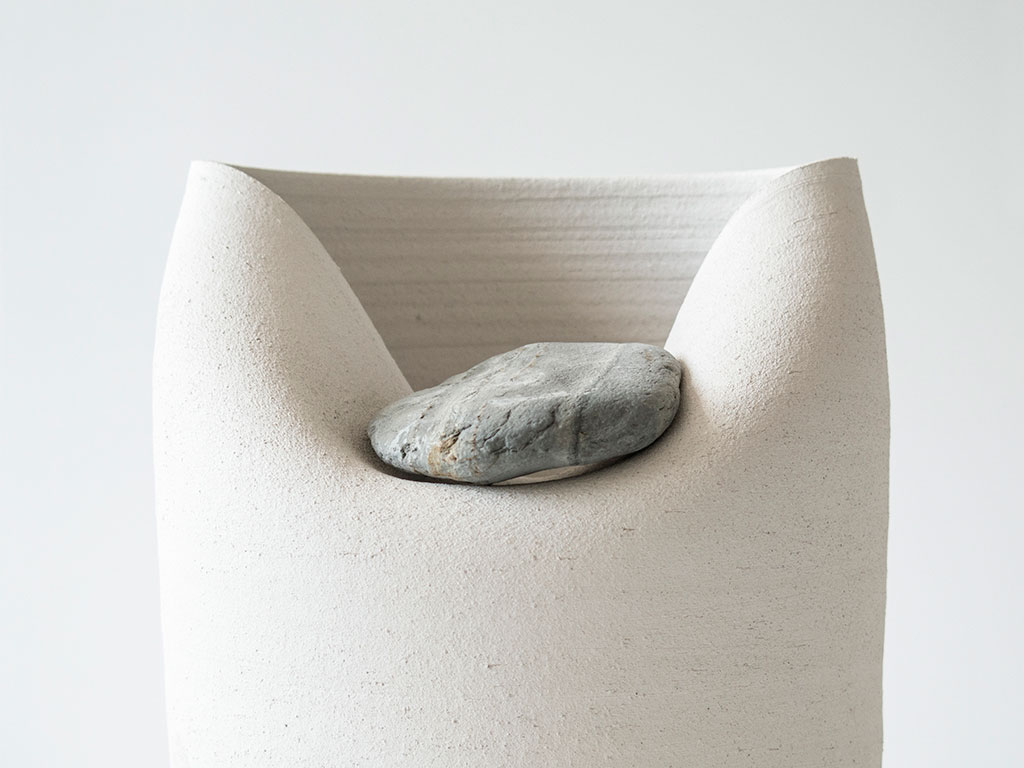
Martín Azúa and ceramicist Marc Vidal paired traditional artisan craft with raw natural materials in the Vase with Stone series. The duo created smooth, unique clay vases from raw materials and then introduced a rough element of nature.
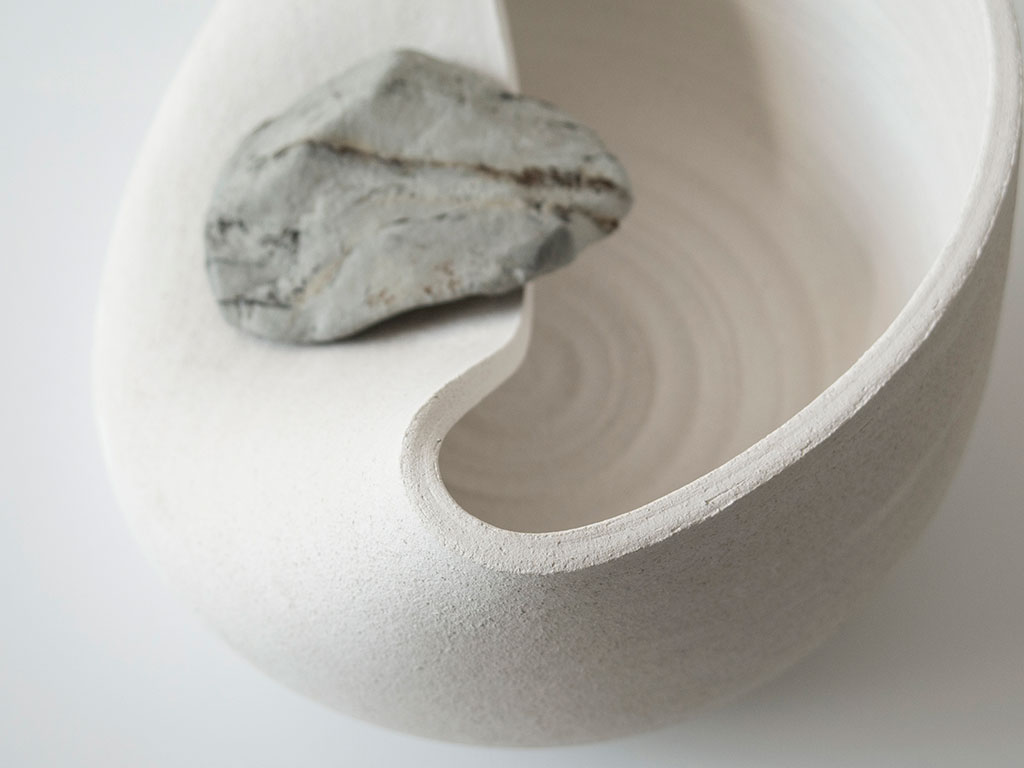
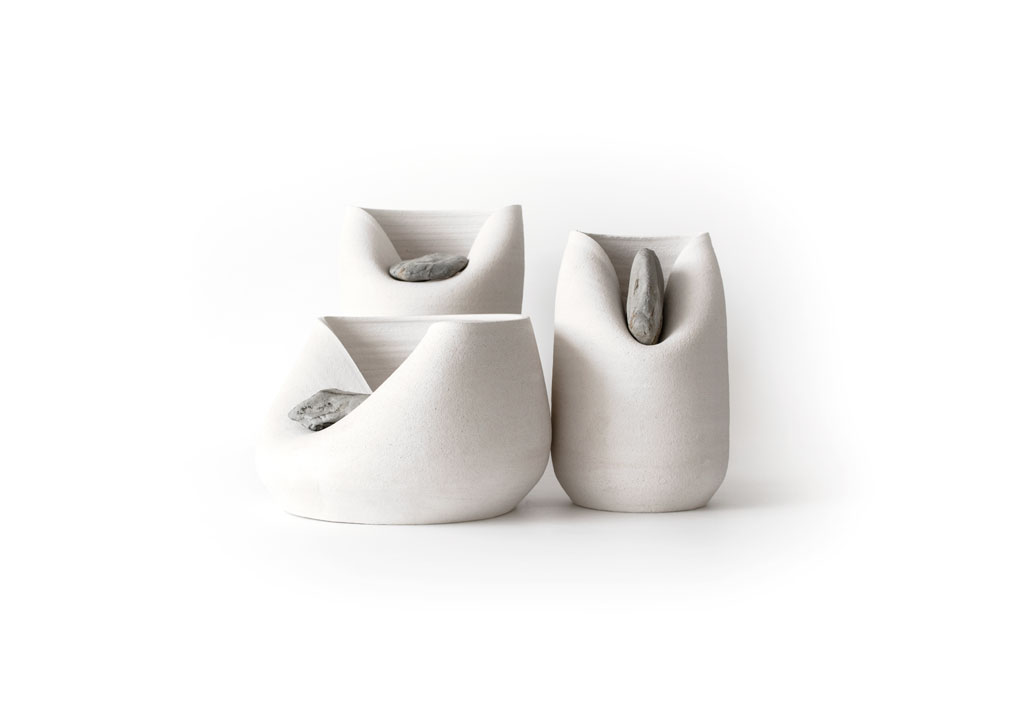
Raw stones were laid on the vases before they dried to make natural-looking deformations in the clay. The vases became less smooth and human-made to look more like a natural formation.
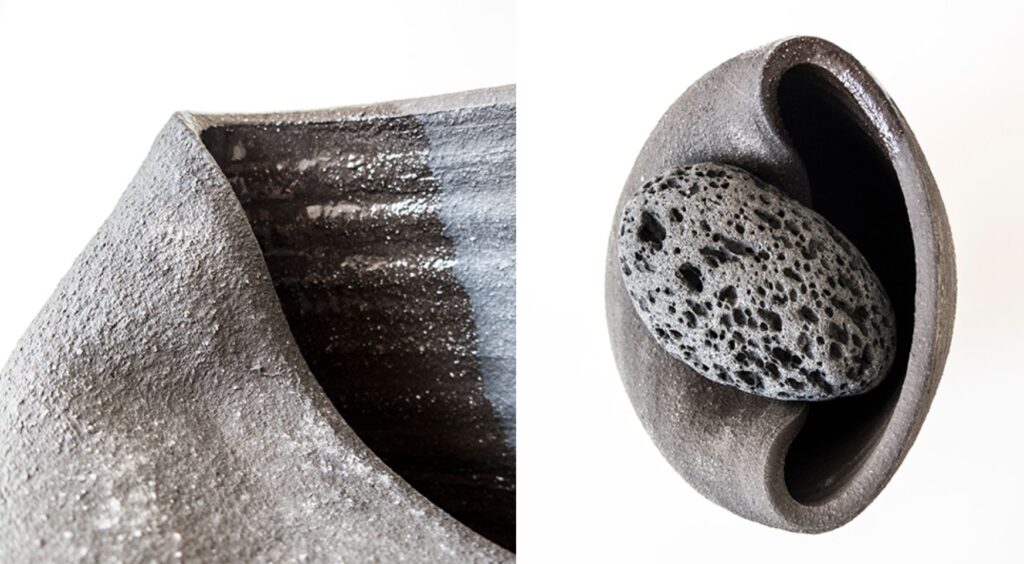
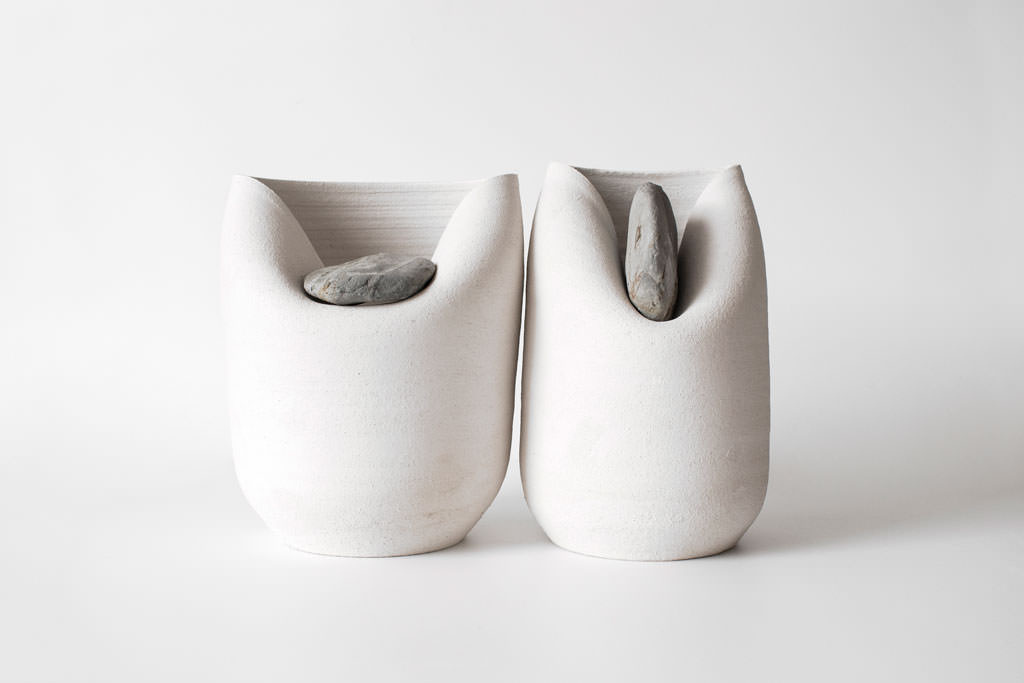
The finished vases are reminiscent of rocky or sandy landscapes. As they are made of porous clay, they are not meant to actually hold flowers; they are meant to be enjoyed as works of art on their own. Each signed and numbered vase ships to the buyer along with the rock used to create it.
More from the designers
“A clay vase deformed by the weight of a stone. Craftsmanship and nature converge in one object without artifice where materials and craftsman gesture are equally honest. The project shows the beauty of objects of unrefined appearance.”
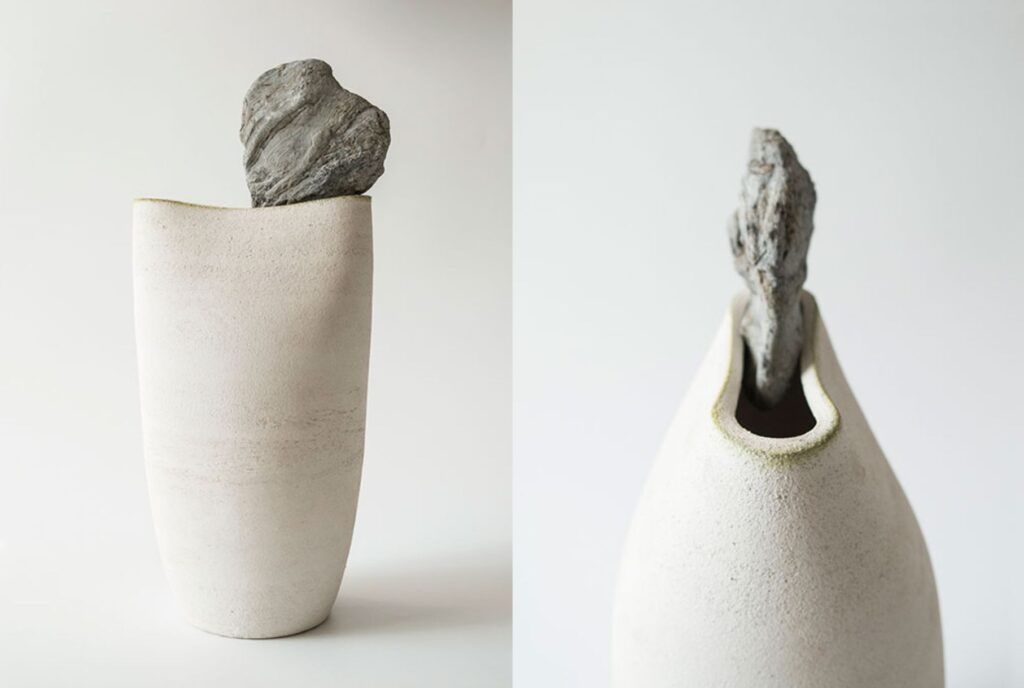
“The vases interact with the stone in its plastic phase in order to create a unique vase. The vases are signed and numbered and come with the stone that created them. This project follows a work that Martín Azúa started in 1998 when he left porous ceramic vases in a river to capture the Natural Stain. This time he claims the ability of a natural element to establish a dialogue with a traditional craft. The pieces have been designed by Martin Azúa and produced in collaboration with the ceramist Marc Vidal.”
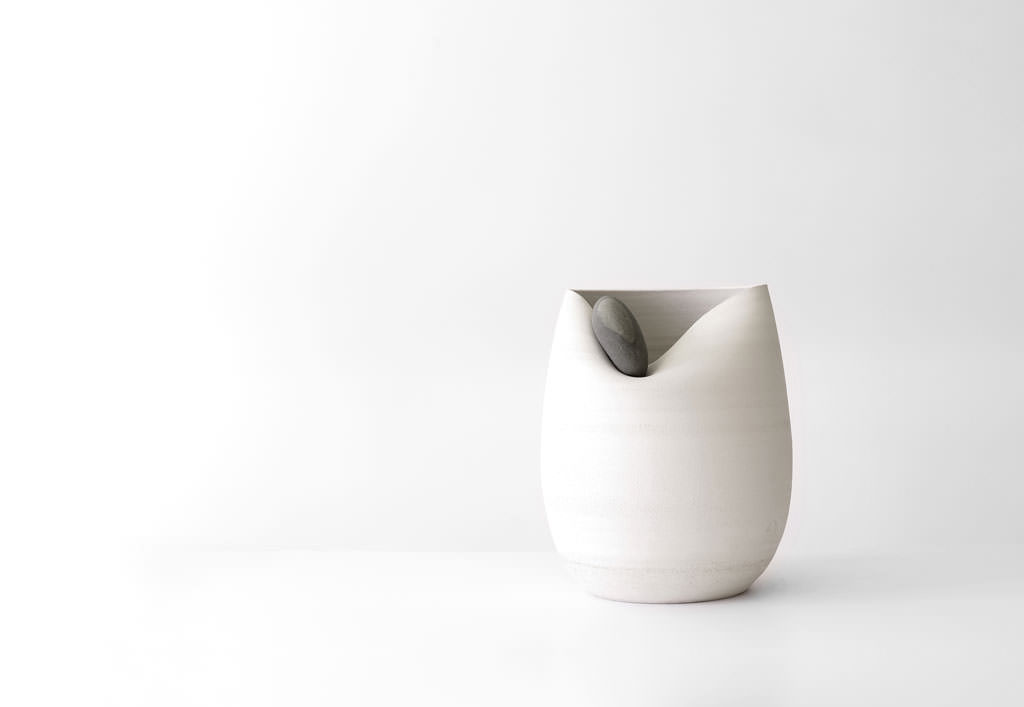
About Martin Azúa
“Martin Azúa is a Spanish artist and designer born in the Basque Country. He works between Barcelona and La Isla de Pico Azores. His training in Fine Arts gives his work a speculative and experimental nature. One of his first projects was the “Basic House”, a radical interpretation of a Nomad shelter, which since 2007 has formed part of the MOMA of New York collection. He is a passionate observer of nature which he incorporates into many of his works, especially the items of ceramics that he designs. He claims the use of craftsmanship to safeguard the natural diversity of material and technological culture, collaborating with craftspeople of different professions.”




